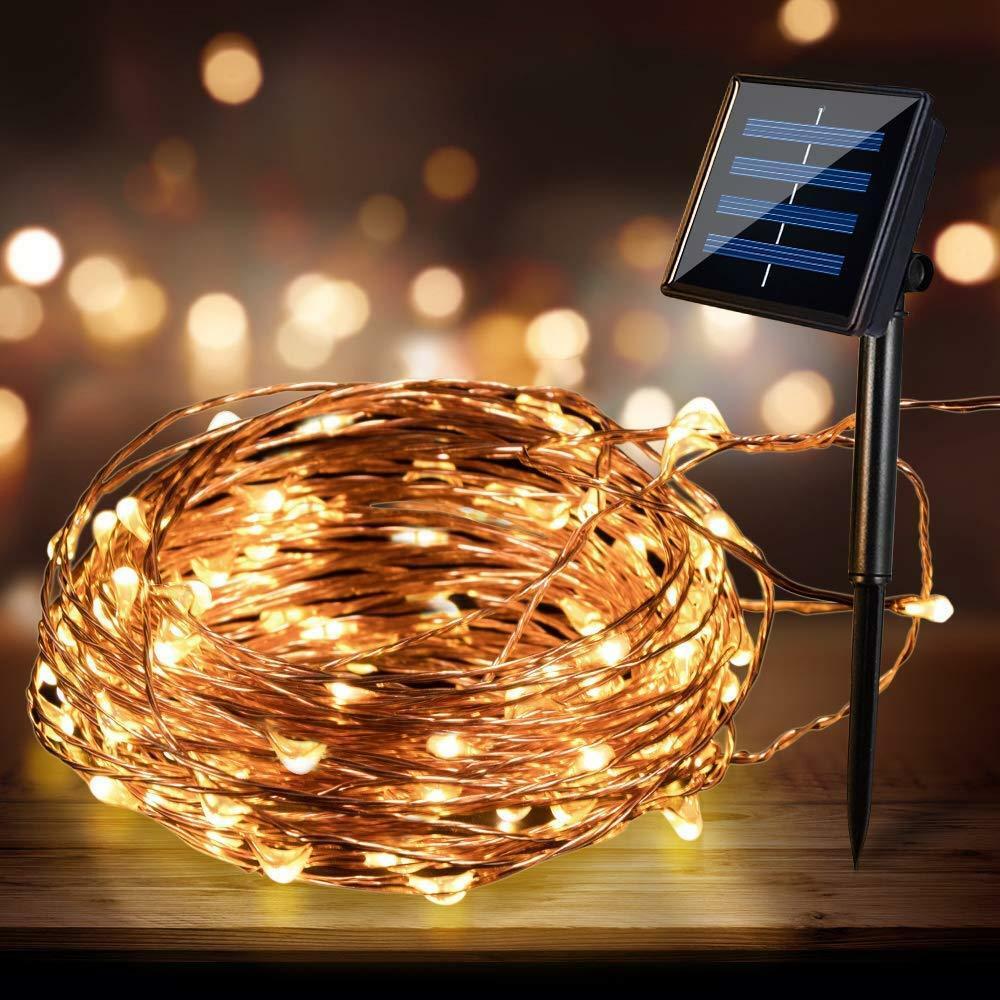

Our solar copper post top lights are amongst some of the most popular solar lights on the market. Why not make yours unique and long lasting by utilizing our high output, long lasting solar post lights that create hours of pure accent lighting Solar landscape lighting is amongst the most favorite outdoor task to do to the average neighborhood community. Why use our post top lights? Because our post top lights are the lowest prices on the market! If not, let us know and a solar garden light specialist will be more than happy to compare and process your sale hassle free. Our solar spot lights are here for years of enjoyment on your solar landscape.

At night your lights not only will function when the sun goes down but for hours of enjoyment at no cost from your utility company. When deciding what type of lights to provide for your solar landscape, many concerns are brought to the attention of the household owner as to where to put the solar panels? Our solar post lights eliminate that problem by being installed high up on your custom railing allowing for hours of sun charging. Solar post top lights come with a variety of landscape colors including copper, black, and white.Įach post top light is designed for your solar garden landscape, not only to be beautiful but to provide pathway lighting for visitors, yourself, flowers, railings, trees, brushes and many more types of applications. With over 100 models to choose from, including variations in bulb color and fixture type, each light has been refined to meet the needs of our customers. You can also test each part of the device to ensure that the motor is working, or the battery actually has some charge.Silicon Solar carries the largest selection of home & commercial solar garden lights. If it doesn't, check the wiring to ensure nothing has come loose. This, in turn, should then induce a current in the coil to illuminate the bulb! This should trigger the motor's rotor to spin, and by virtue of its magnet. Next, connect the battery connector to the battery terminals. You can now test it by adding a bulb of your choice into the light fitting.

LIGHT BULB POWERED BY COPPER SOLARCELL GENERATOR
At this point, your DIY magnet-powered power generator is now basically complete. With that done, you can then connect the battery holder to the terminals of the 9V battery. Then, take your battery connector and solder the wires to each of the terminals of the motor, as needed. With that done, add some solder to each of the terminals of the motor. The current flowing through a tungsten-filament light bulb is determined to. With that done, add some more glue to the base of the device and glue the battery/motor into place opposite the light fitting.Įnsure the two magnet rings are fairly close together but are not touching so that the motor's magnet can freely spin, yet induce a current in the coil. (a) Calculate the power using the pulse energy over the 15 ns duration. Next, add a blob of hot glue to the end of the pulley wheel, and glue another donut magnet into place as shown below. With that done, add a small plastic pulley wheel to the motor's rotor as needed. Glue the motor to the top of the battery with the rotor pointing outwards to one side. Next, glue the coil vertically into place to the other side of the base plate too. If desired, you could first cut a small hole to fit the wires through, but this is not necessary. With that done, take your hot glue gun and glue the light fitting into place to one side of the sheet as needed. If too large for your purpose, cut down the sheet to size to fit the light fitting, motor, and battery as needed. With that done, take your sheet of cardboard, wood, or plastic card. Screw tight the terminals to hold the wires firmly in place as needed. Take the loose wire ends from the coil you made previously, and connect them to the terminals of the light fitting. With that done, take your light fitting and loosen the wire connecting terminals as needed.

This will take a little time, so enjoy the process - it is actually pretty cathartic. Coil the wire around the donut/ring magnet to make a dynamo coil, as shown in the video. The first step is to take some length of copper wire (or strip off the insulation from some normal wiring) and a donut magnet. Step 1: Make the dynamo coil and light fitting With all your gear in hand, it is time to get on with this great little build. Electrical wires, resistors, and soldering gear.Source: NewsflareĪs you can imagine, you'll need some tools and materials before you get started. How about generating enough power to light a bulb, for example? Follow this guide to find out how. But, wouldn't it be awesome to both play with, and do something useful with magnets? If the video player is not working, you can watch the video from this alternative link.


 0 kommentar(er)
0 kommentar(er)
